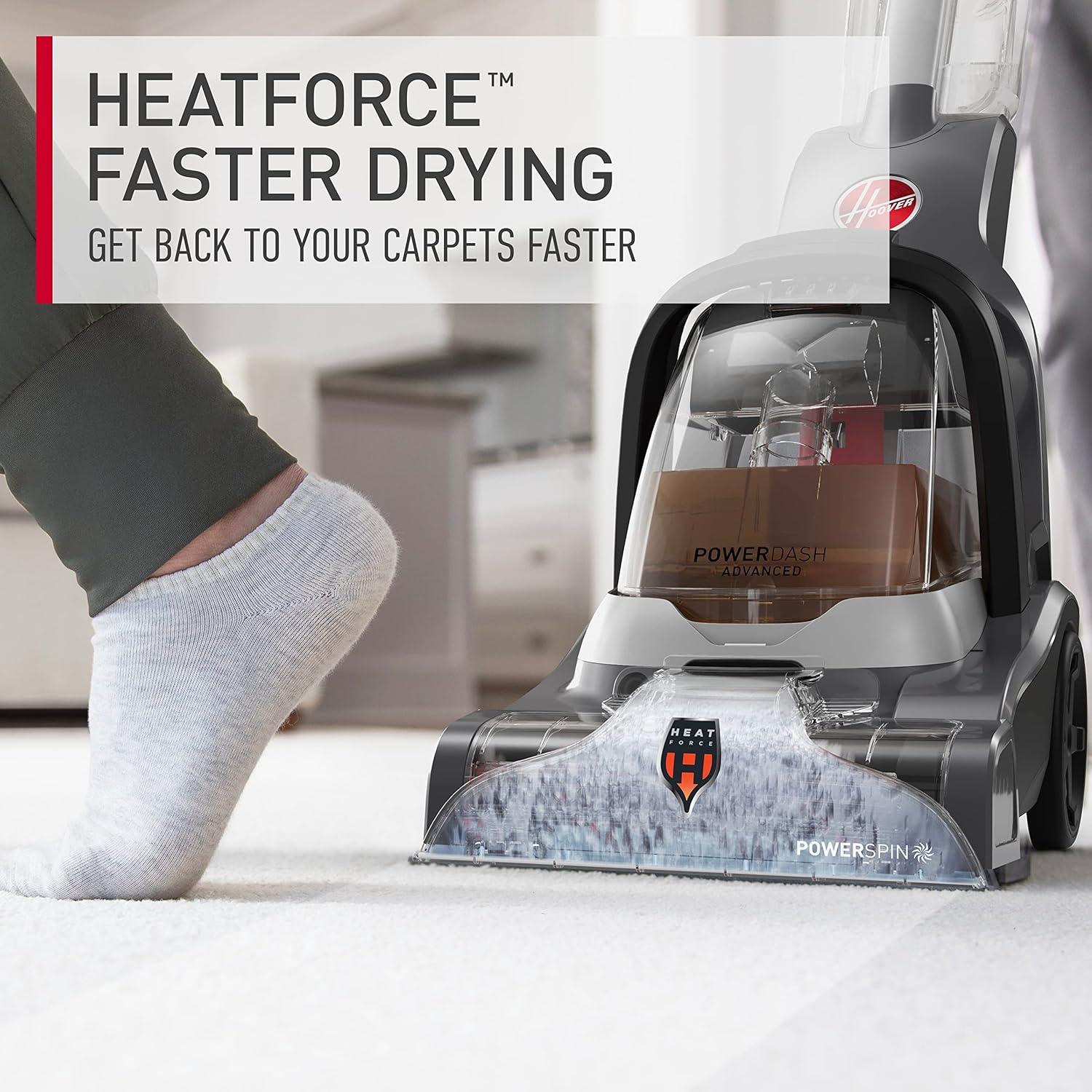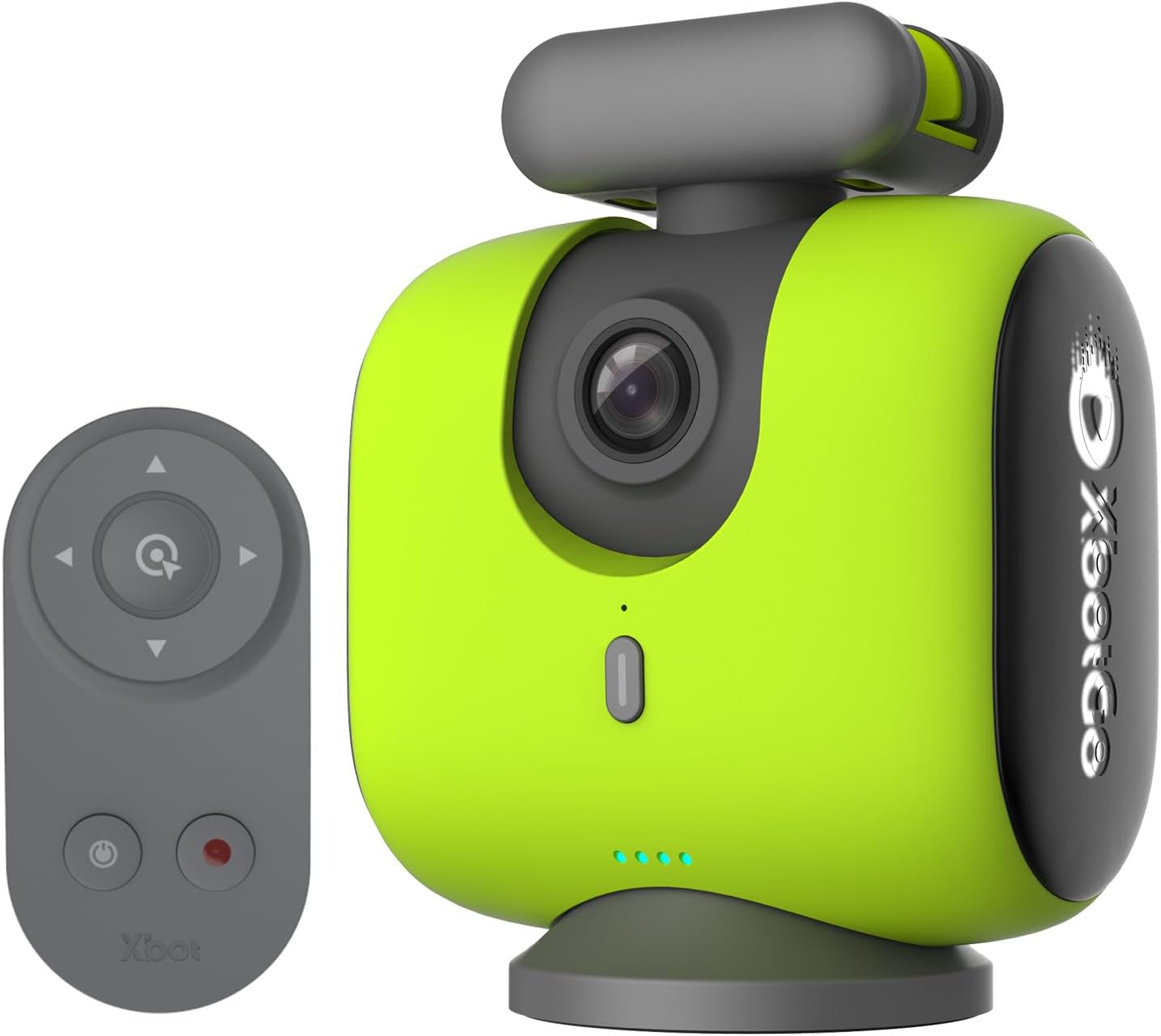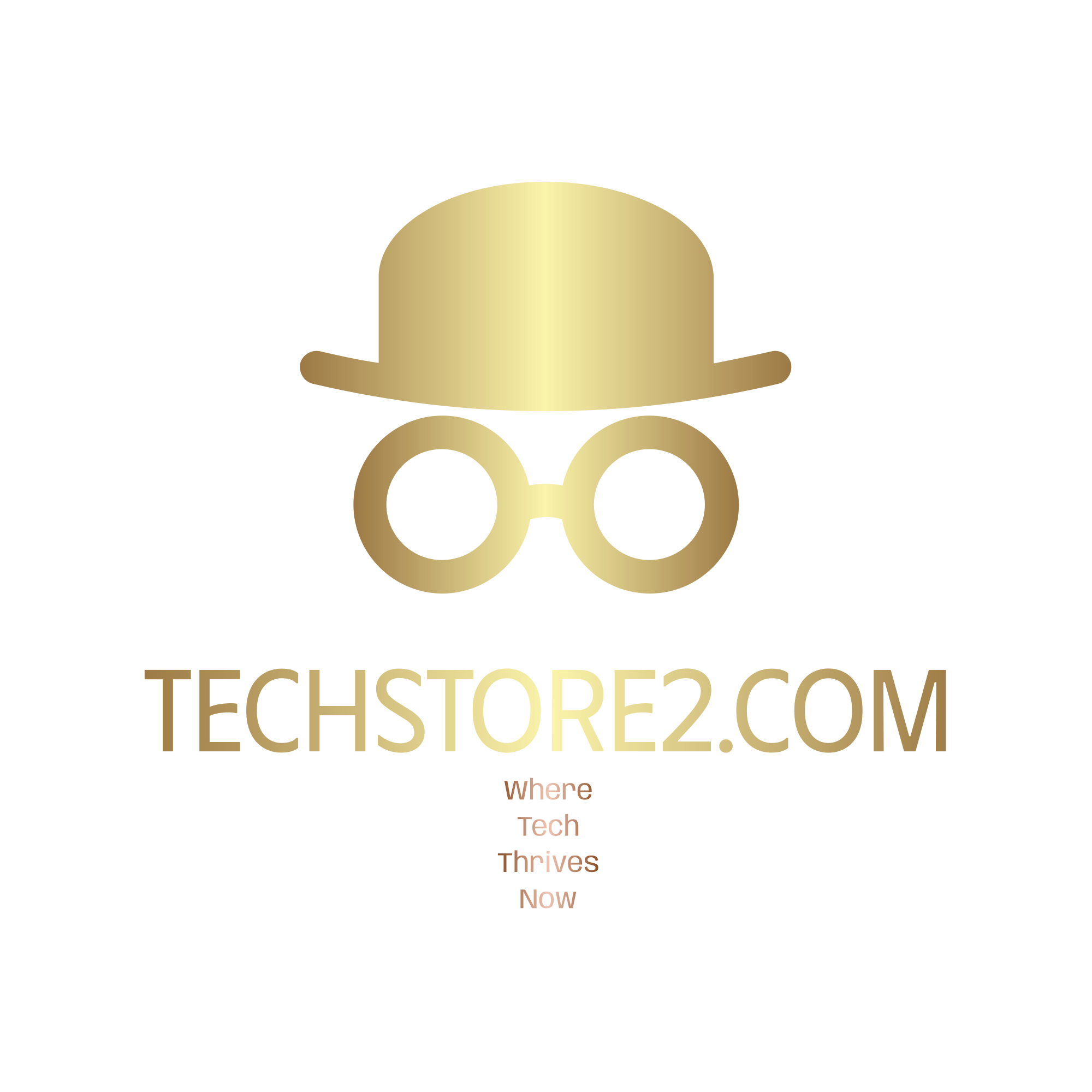What is a Pure Sine Wave Inverter?
A pure sine wave inverter is an electrical device that converts direct current (DC) into alternating current (AC) with a clean and consistent sinusoidal waveform. This type of inverter is essential for properly powering sensitive electronic devices, as it mimics the natural sine wave produced by utility power grids. The primary distinction between pure sine wave inverters and modified sine wave inverters lies in the quality of the output power. While modified sine wave inverters produce a stepped waveform, which can lead to inefficiencies and potential damage to delicate electronics, pure sine wave inverters provide a smoother and more precise wave, ensuring optimal performance.
The electrical sine wave pattern generated by pure sine wave inverters represents a continuous and periodic oscillation, resulting in a voltage and current flow that is both stable and reliable. This uniformity is crucial for devices that rely on a specific form of electricity to function correctly. Pure sine wave inverters are capable of handling a wide range of appliances, from standard household devices to advanced electronic instrumentation, thereby making them indispensable in various applications.
Key components of a pure sine wave inverter include a DC input source, such as batteries or solar panels, an inverter circuit that converts the DC to AC, and a control mechanism that ensures the output frequency and voltage align with the requirements of the connected loads. The inverter circuit typically employs specialized technology, such as pulse width modulation (PWM) or advanced digital signal processing, to create the desired sine wave output. In essence, when discussing pure sine wave inverters, it is vital to understand their function in delivering high-quality AC power that meets the demanding needs of modern electrical equipment, securing the reliability and longevity of these devices.
How Do Pure Sine Wave Inverters Work?
Pure sine wave inverters operate primarily by converting direct current (DC) electricity, which is commonly generated by batteries or solar panels, into alternating current (AC) electricity, which is essential for powering most household appliances and electronic devices. The functionality revolves around a complex interplay of several key components designed to ensure the output is a smooth and consistent waveform, resembling the electrical grid standards.
The process begins with the inverter receiving DC electricity from a power source. An oscillator is then employed, generating the necessary signals to create the alternating current waveform. This oscillator’s output drives a circuit that switches the DC input on and off, effectively creating a pulsed waveform. The next stage involves a transformer that steps the voltage up or down to match the standard AC voltage levels, typically either 120V or 240V, depending on geographic requirements.
To further enhance the output quality, various filters are utilized within the inverter system. These filters are critical as they smooth out the waveform, eliminating any irregularities that can occur during the oscillation process. The result is an extremely pure sine wave output that is not only compatible with sensitive electronic devices but also reduces the risk of interference or noise that can disrupt functionality. This feature is particularly important for equipment like computers, medical devices, and audio/video equipment, where performance is paramount.
In summary, the operation of pure sine wave inverters is a sophisticated process grounded in well-engineered components that convert DC into a stable, high-quality AC output. The combined efforts of oscillators, transformers, and filters play a vital role in ensuring that the produced waveform meets the necessary standards for safe and effective energy use.
Advantages of Pure Sine Wave Inverters
Pure sine wave inverters are widely recognized for their efficiency and reliability, particularly when it comes to powering sensitive electronic devices. Unlike modified sine wave inverters, which produce a choppy waveform, pure sine wave inverters generate a smooth and consistent electrical output. This is crucial for devices such as laptops, medical equipment, and audio systems, which can be adversely affected by less stable power sources. The stable power provided by pure sine wave inverters enhances performance, prolongs device lifespan, and minimizes the risk of malfunction.
Another notable advantage is the reduced noise levels associated with pure sine wave inverters. Many appliances, especially those with motors, tend to operate more quietly and efficiently when supplied with pure sine wave electricity. For example, using a pure sine wave inverter to power a refrigerator or a washing machine can lead to quieter operation and improved energy efficiency. This advantage is particularly beneficial in residential areas where noise reduction is a priority.
Furthermore, the lower risk of damage to devices is an essential advantage of pure sine wave inverters. Appliances that rely on sensitive electronic components may suffer from overheating or other operational issues when exposed to the jagged output of modified sine wave inverters. By using pure sine wave technology, users can ensure their devices are protected from potential electrical surges and other issues that could compromise safety and functionality.
Lastly, the enhanced performance of appliances powered by pure sine wave inverters cannot be overlooked. Appliances that utilize motors, such as power tools and HVAC systems, benefit significantly from receiving pure sine wave electricity. This results in smoother operation, reduced wear and tear, and ultimately, better energy efficiency. These numerous advantages contribute to the growing popularity of pure sine wave inverters among consumers seeking reliable and efficient power sources for their electronic devices and home appliances.
Applications of Pure Sine Wave Inverters
Pure sine wave inverters have earned significant recognition in various applications due to their capability to provide stable and efficient power. One of the most prominent uses of these inverters is in residential solar systems. When connected to solar panels, pure sine wave inverters convert the direct current (DC) produced by the panels into alternating current (AC), which is necessary for household appliances. This conversion is crucial because many household electronics are designed to operate on pure sine wave power, ensuring optimal performance and longevity. Since these inverters produce a clean and stable power supply, they minimize the risk of damage to sensitive devices such as computers and medical equipment.
Another notable application for pure sine wave inverters is within recreational vehicles (RVs). As camping and off-grid living become more popular, many RV owners rely on these inverters to power essential appliances like refrigerators, microwaves, and entertainment systems while traveling. The ability to efficiently operate these devices without compromising their functionality makes pure sine wave inverters an essential component for comfort during long road trips and camping adventures.
In remote locations where access to the grid can be challenging, pure sine wave inverters provide a reliable power solution. They are often used in conjunction with renewable energy sources, such as wind or solar power, allowing users to maintain consistent power supply without relying on conventional electricity sources. This capability is particularly valuable in agricultural sectors, telecommunications, and remote research facilities, where reliable power is integral to operations.
Additionally, pure sine wave inverters serve a critical role in backup power solutions. In situations where the main power supply fails, these inverters can deliver a seamless switch to battery reserves, ensuring that essential systems remain operational. Such applications highlight the growing importance of pure sine wave inverters in modern energy solutions, reassuring users of their reliability and efficiency.
Why You Might Need a Pure Sine Wave Inverter
In today’s technology-driven world, the reliance on sensitive electronic devices has significantly increased. Pure sine wave inverters have emerged as a crucial component for various applications, particularly for individuals who operate sensitive equipment. For instance, medical devices such as CPAP machines, hospital equipment, and other critical systems require a stable power supply. These devices are designed to operate optimally on pure sine wave output, ensuring they function without risk of damage or malfunction. Electric appliances that rely on microprocessors, such as high-end audio and video systems, also benefit from pure sine wave inverters, as they ensure consistent performance without any distortion or interference.
Moreover, individuals and businesses are increasingly turning towards renewable energy sources to minimize their carbon footprint. Solar power systems, in particular, often utilize pure sine wave inverters to convert the stored energy from solar panels into usable electricity for household consumption. Traditional inverters can produce a modified sine wave, which may not be suitable for all devices, leading to inefficiencies and potential harm to appliances. By investing in a pure sine wave inverter, users can harness the benefits of clean energy while ensuring that all their devices operate flawlessly and safely.
Pure sine wave inverters are also crucial for those who work off-grid or in remote locations where traditional power sources are unavailable. Whether camping, RVing, or during emergencies, a reliable power source is essential, particularly for devices that require stable operation. In such scenarios, a pure sine wave inverter provides the assurance of high-quality electricity, enabling users to maintain their lifestyle or meet critical needs even in challenging conditions. Ultimately, whether it is for health, entertainment, environmental impact, or convenience, a pure sine wave inverter becomes indispensable in modern living.
The Rise of Pure Sine Wave Inverters in Renewable Energy
In recent years, the renewable energy sector has observed a substantial shift toward the adoption of pure sine wave inverters. This trend can be attributed to a variety of factors, including the accelerated growth of solar power usage, heightened consumer awareness regarding energy efficiency, and supportive government incentives. As the demand for clean energy continues to rise, pure sine wave inverters stand out for their ability to produce a smooth, sinusoidal output that closely resembles the electrical power generated by utility companies. This feature is particularly crucial for running sensitive electronic equipment effectively, which has further fueled their popularity.
The surge in solar power installations serves as a primary catalyst for the increased preference for pure sine wave inverters. As homeowners and businesses increasingly look to harness solar energy, the need for high-quality inverters that can optimize energy conversion has become evident. Pure sine wave inverters ensure that appliances operate efficiently, reducing the risk of damage to electronic devices, while also maximizing energy harvest from photovoltaic systems. Consequently, solar power installers and consumers alike recognize the significant advantages of utilizing these inverters over their modified sine wave counterparts.
Furthermore, as awareness of energy efficiency continues to soar, consumers are more discerning about the products they choose. This shift has resulted in a strong preference for devices that promise optimal performance and reliability. Pure sine wave inverters not only provide these attributes but also contribute to reduced energy waste, thus appealing to environmentally conscious individuals. In light of this, many governments have begun offering incentives, such as rebates and tax credits, for those who opt for renewable energy solutions, including pure sine wave inverters, making the latter an increasingly attractive choice in the evolving landscape of sustainable energy.
Challenges and Considerations When Choosing a Pure Sine Wave Inverter
When contemplating the purchase of a pure sine wave inverter, several challenges and considerations must be navigated. While these inverters offer numerous benefits, they often come with higher costs. The price difference between pure sine wave inverters and modified sine wave inverters can be significant, which may deter some consumers from choosing the former despite its advantages. For instance, when evaluating budgetary constraints, prospective buyers should consider the long-term savings associated with using a pure sine wave inverter, such as enhanced efficiency and prolonged lifespan of sensitive equipment.
Another factor to consider is the weight of pure sine wave inverters. Typically, they are bulkier than their modified counterparts due to the additional components and technology incorporated to generate a cleaner and more stable power output. This added weight can be a limitation for applications where portability and space are paramount, such as in mobile homes, RVs, or boats. Consumers must therefore assess their specific needs regarding mobility and installation sites before making a selection.
Moreover, the complexity of pure sine wave inverters cannot be overlooked. These devices may require more intricate installation and maintenance procedures compared to modified sine options. Therefore, individuals should evaluate their technical expertise or the availability of professional assistance when deciding on either type. Alongside these challenges, it is crucial for consumers to consider their specific power requirements. An accurate assessment of appliance wattage and daily energy consumption will inform the appropriate inverter capacity needed for optimal performance.
The reliability of manufacturers also plays an essential role in the decision-making process. Choosing a reputable brand with a history of quality products ensures support and warranty coverage that consumers can trust. Ultimately, careful consideration of these challenges can lead to a well-informed decision regarding the suitability of a pure sine wave inverter for one’s electrical needs.
Future Trends for Pure Sine Wave Inverters
The landscape of pure sine wave inverter technology is poised for significant advancements as we move further into the 21st century. A major area of focus in ongoing research is the integration of pure sine wave inverters with advanced energy storage systems. As demand for efficient power conversion increases, the combination of inverters with high-capacity batteries will enable more effective energy management solutions. This synergy not only enhances the performance of renewable energy systems but also supports grid stability.
Moreover, the growth of the Internet of Things (IoT) is influencing the evolution of pure sine wave inverters. With more homes incorporating smart devices, which require clean and stable power sources, the functionality of inverters will expand to facilitate seamless communication and control. This development is expected to lead to the creation of smart inverters capable of optimizing energy usage based on real-time data. Such advancements will make pure sine wave inverters an integral component of smart home ecosystems, ensuring that electronic devices operate efficiently and safely.
Another trend worth noting is the rising focus on sustainability and energy efficiency. As global initiatives push for a transition towards greener energy practices, the demand for pure sine wave inverters is likely to surge. These inverters play a crucial role in harnessing renewable energy sources and exploiting their full potential. Furthermore, regulatory changes aimed at reducing carbon footprints and promoting renewable energy utilization are anticipated to drive market growth. Emerging markets, particularly in developing nations, present a significant opportunity for pure sine wave inverter technology, as energy needs escalate and grid limitations become commonplace.
In light of these trends, we can expect pure sine wave inverters to not only enhance existing technologies but also pave the way for innovative solutions aimed at meeting the energy demands of the future.
Conclusion: The Role of Pure Sine Wave Inverters in Energy Conservation
In the context of modern energy management, pure sine wave inverters emerge as indispensable tools that offer significant advantages for both residential and commercial use. The consistent power output that these inverters provide ensures that sensitive electronic devices, including medical equipment, computers, and home appliances, operate efficiently and without interference. This reliability is paramount in preserving the lifespan and functionality of important devices, thereby contributing to overall energy conservation efforts.
The benefits of pure sine wave inverters extend beyond just compatibility with sensitive electronics. Their ability to enhance energy efficiency can lead to notable reductions in electricity consumption. For instance, appliances such as refrigerators and air conditioners function more effectively when powered by pure sine wave inverters, which can lead to lower energy bills and reduced emissions over time. As the world increasingly shifts towards sustainable energy solutions, the role of these inverters in both reducing energy waste and maximizing the use of renewable energy sources cannot be overstated.
With the growing popularity of off-grid systems, solar energy applications, and electric vehicles, the adoption of pure sine wave inverters has gained traction among environmentally conscious consumers and businesses alike. These inverters not only facilitate the integration of renewable energy sources into daily life but also enhance the usability of backup power systems during outages or peak usage times. As communities strive to meet energy demands while minimizing ecological impact, pure sine wave inverters represent a practical solution that aligns with sustainable practices.
As we advance into a future where energy management is critical, considering the integration of pure sine wave inverters into energy solutions will be essential. Embracing this technology not only positions individuals and businesses to utilize energy more effectively but also contributes to a broader movement towards energy sustainability and conservation.























